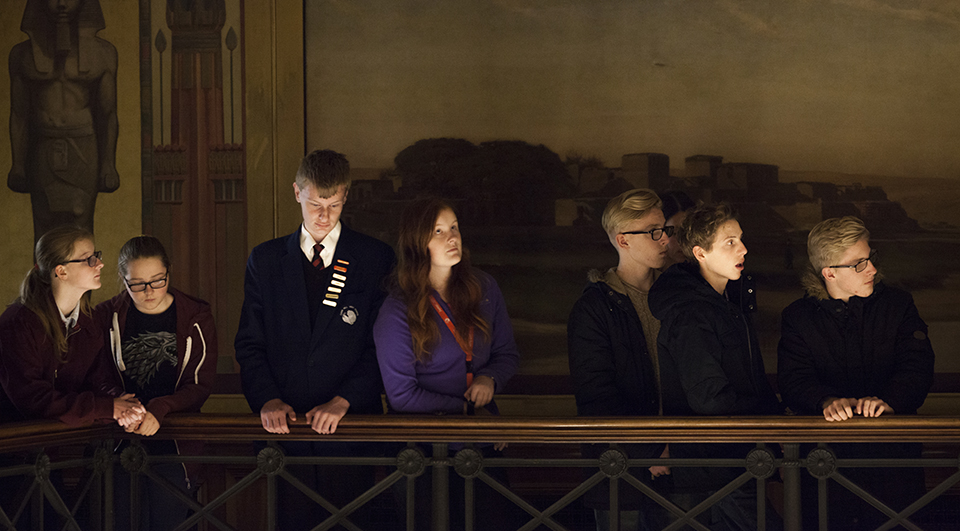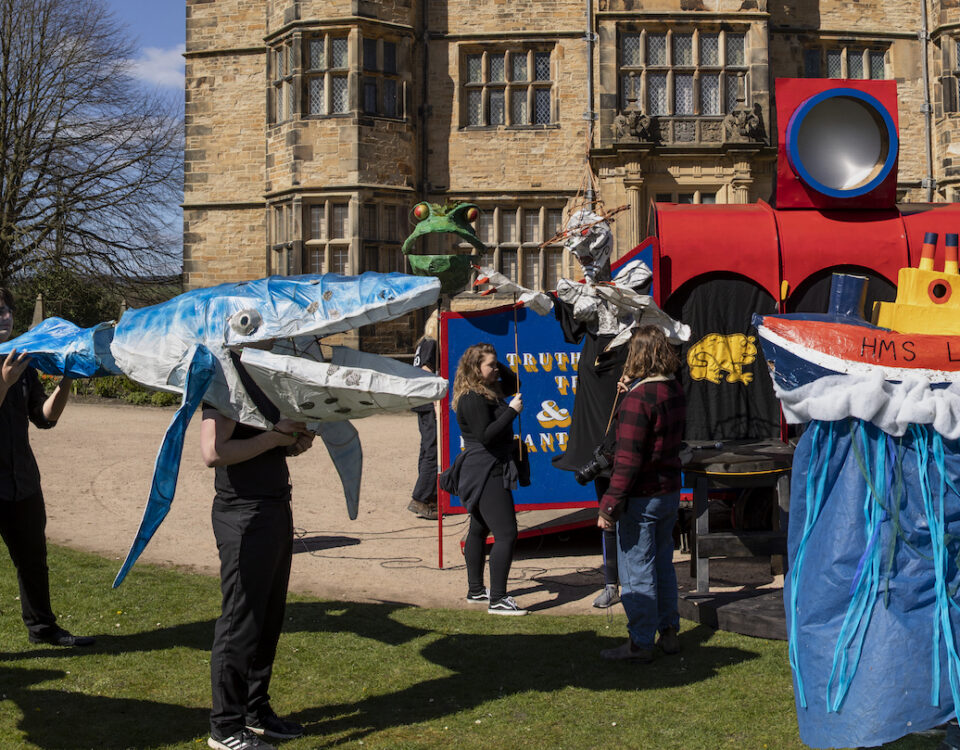
Get Ready for Artsmark Celebration Week
September 27, 2022
Funding Announcement
November 4, 2022Isn’t it odd that young people don’t visit museums?

What images does the word heritage conjure for you? Country houses and stately homes? What about the ‘vernacular’, the cotton weaving sheds and coal mines?
In the Victorian era, the criteria by which an object or building was given historic value were decided by a very narrow segment of society. This has been progressively challenged by post-modernism, that argues there are many different voices, perspectives, ways of making meaning and therefore of valuing heritage.
Since the 1980s we’ve seen heritage broaden out to include personal biography (think TV’s ‘Who do you think you are?). It’s been described as a shift from ‘sceptre and sword’ to ‘hearth and home’1; a more identity-centred relationship with the past.
Definitions of heritage have also expanded to accommodate ideas of intangibility: heritage can be an expression like a song, dance, dialect, tradition, craft or culinary technique.2
Heritage is also about places, memories, identity, attachment and belonging. Our living culture is our heritage.
Isn’t it odd then that young people continue to be under-represented as users, volunteers and visitors of the museum and heritage sector? They are the most vibrant culture-makers in our society with their subcultures, tribes and scenes – and with so much to gain from developing a sense of identity and belonging.
Five years ago, the Heritage Fund spotted this and created ‘Kick the Dust’, a fund to challenge the heritage sector to work with young people. This made us curious (lots of things do!) and our response was ‘Hope Streets’. We’ve now spent five years working across the North West to find out what it takes to place youth voice at the heart of the heritage sector.
Join us in November to find out what we learned. We will be exploring this question, and more, at Hope Evolves, a free event at the Pyramid Arts Centre, Warrington, on Wednesday 23rd November 2022.
In the Victorian era, the criteria by which an object or building was given historic value were decided by a very narrow segment of society. This has been progressively challenged by post-modernism, that argues there are many different voices, perspectives, ways of making meaning and therefore of valuing heritage.
Since the 1980s we’ve seen heritage broaden out to include personal biography (think TV’s ‘Who do you think you are?). It’s been described as a shift from ‘sceptre and sword’ to ‘hearth and home’1; a more identity-centred relationship with the past.
Definitions of heritage have also expanded to accommodate ideas of intangibility: heritage can be an expression like a song, dance, dialect, tradition, craft or culinary technique.2
Heritage is also about places, memories, identity, attachment and belonging. Our living culture is our heritage.
Isn’t it odd then that young people continue to be under-represented as users, volunteers and visitors of the museum and heritage sector? They are the most vibrant culture-makers in our society with their subcultures, tribes and scenes – and with so much to gain from developing a sense of identity and belonging.
Five years ago, the Heritage Fund spotted this and created ‘Kick the Dust’, a fund to challenge the heritage sector to work with young people. This made us curious (lots of things do!) and our response was ‘Hope Streets’. We’ve now spent five years working across the North West to find out what it takes to place youth voice at the heart of the heritage sector.
Join us in November to find out what we learned. We will be exploring this question, and more, at Hope Evolves, a free event at the Pyramid Arts Centre, Warrington, on Wednesday 23rd November 2022.
1 Samuel, 1994:161
2 Kirschenblatt-Gmiblett, 2004; Kurin, 2004; Munjeri, 2004; Smith and Akagawa, 2009)
2 Kirschenblatt-Gmiblett, 2004; Kurin, 2004; Munjeri, 2004; Smith and Akagawa, 2009)





